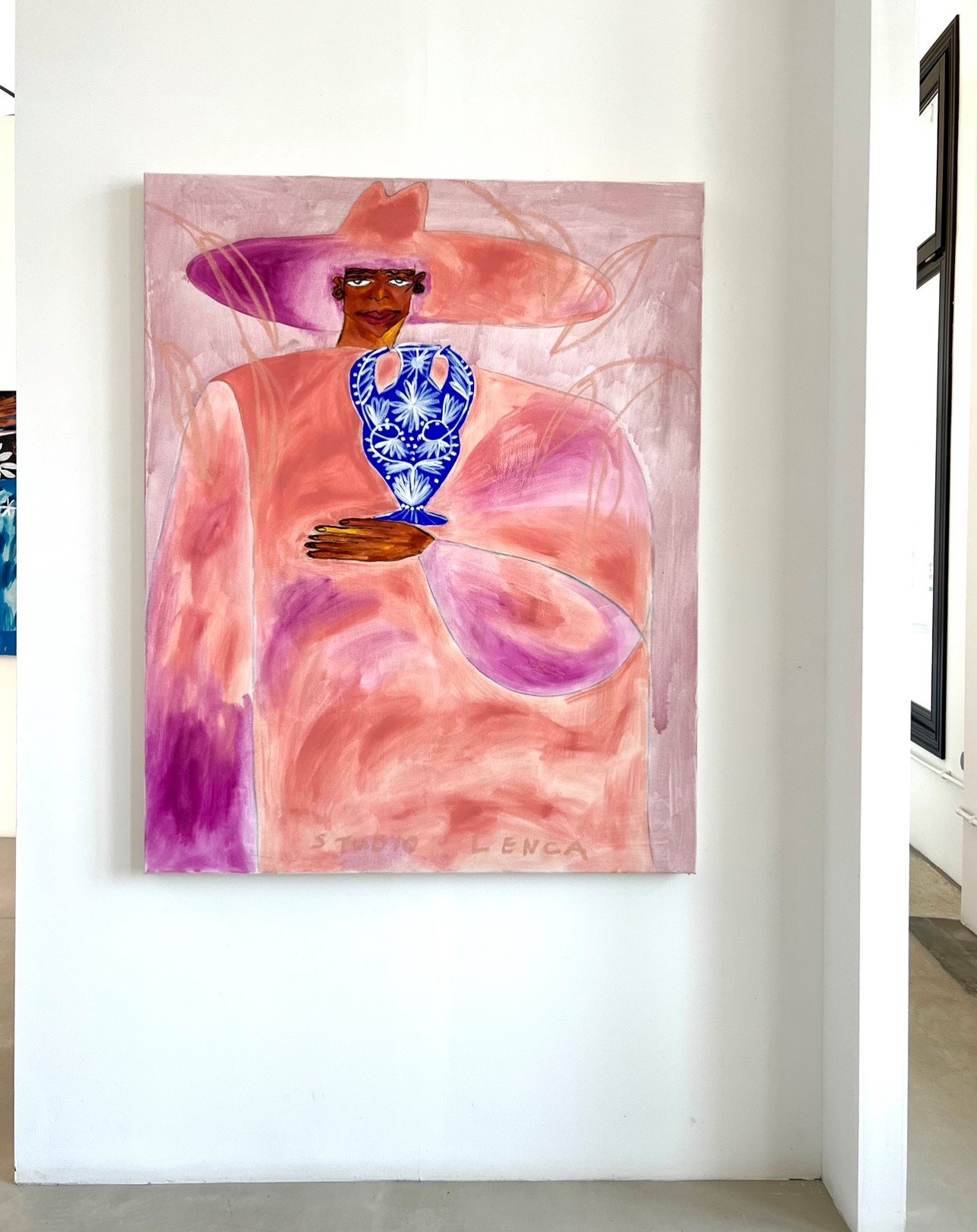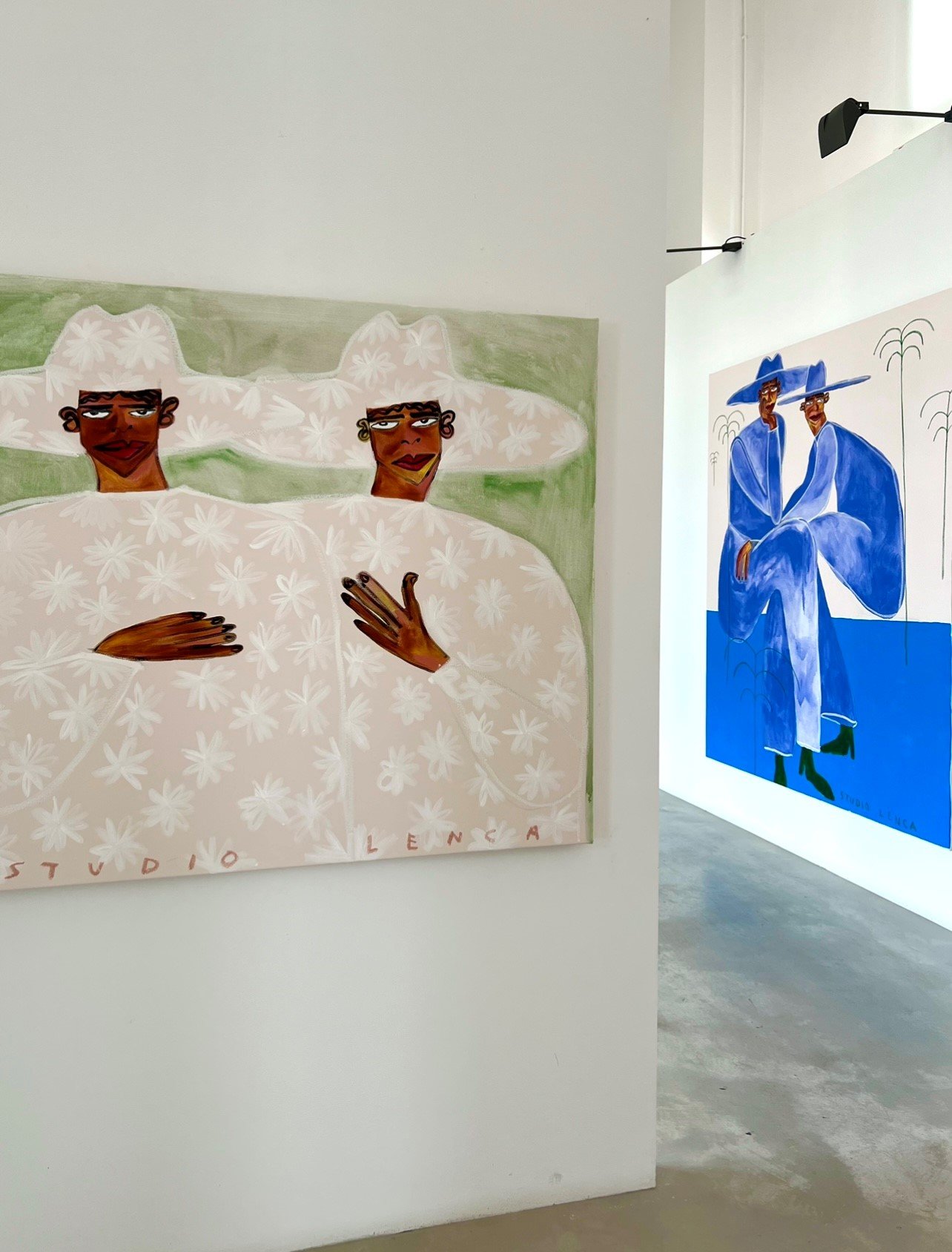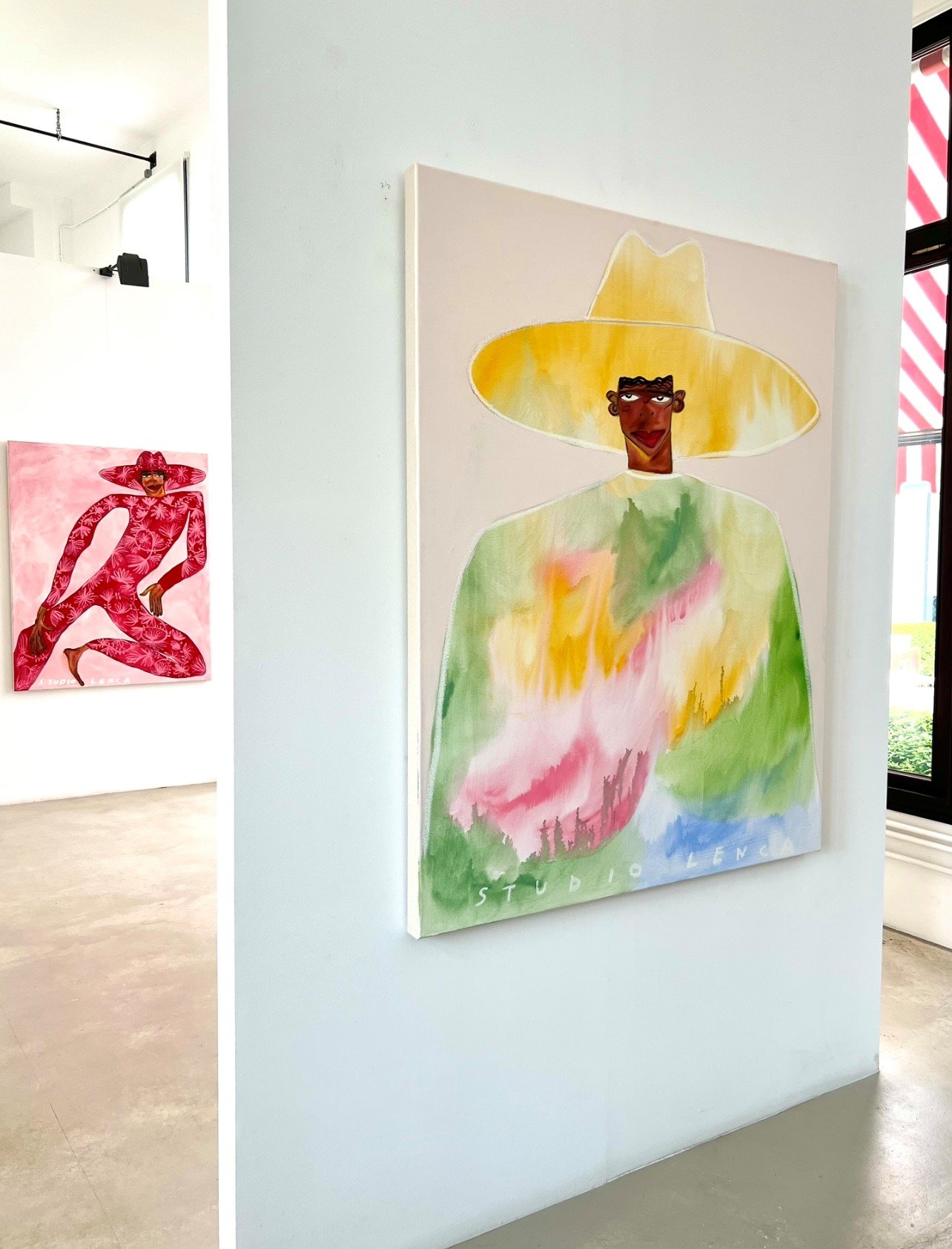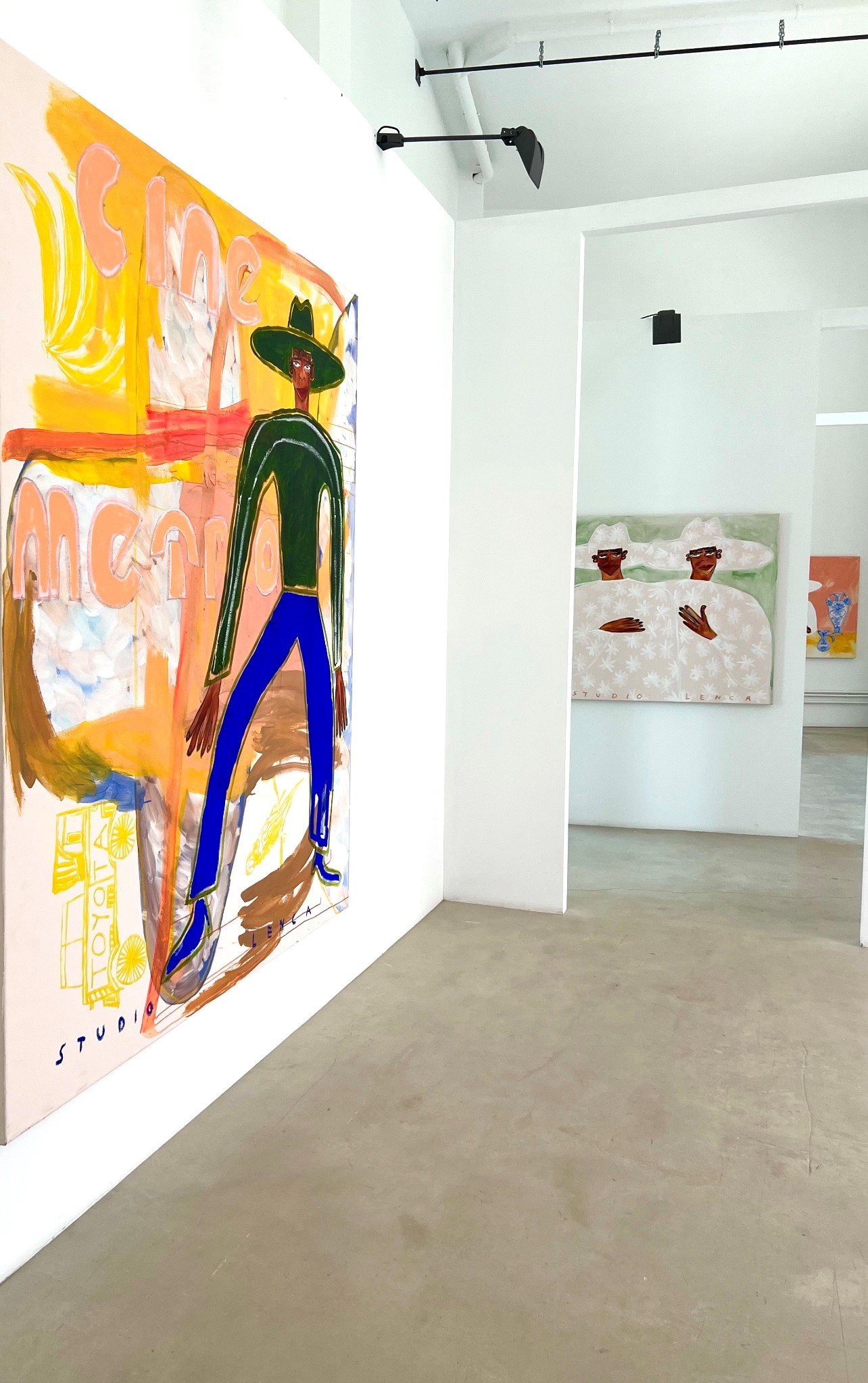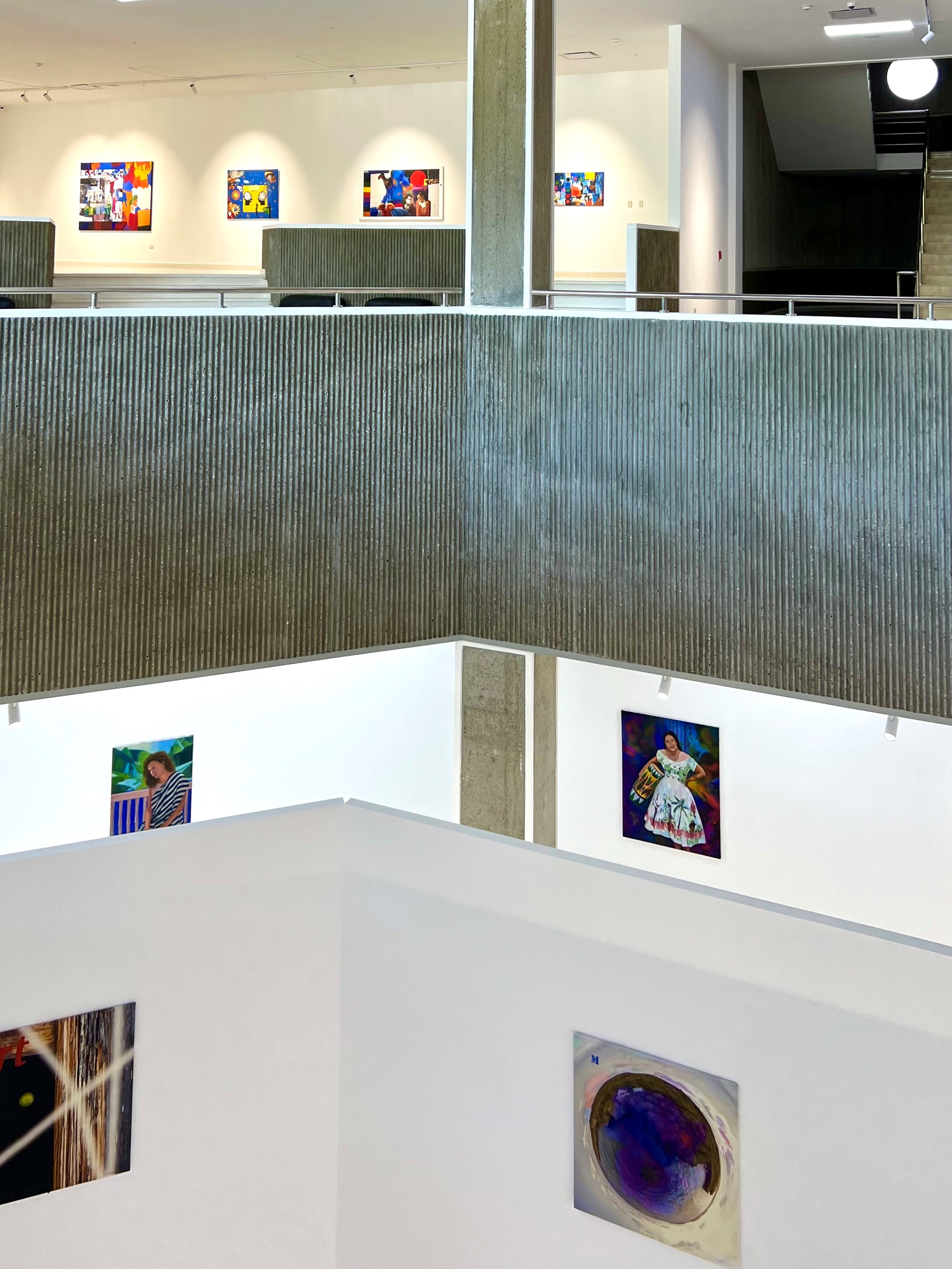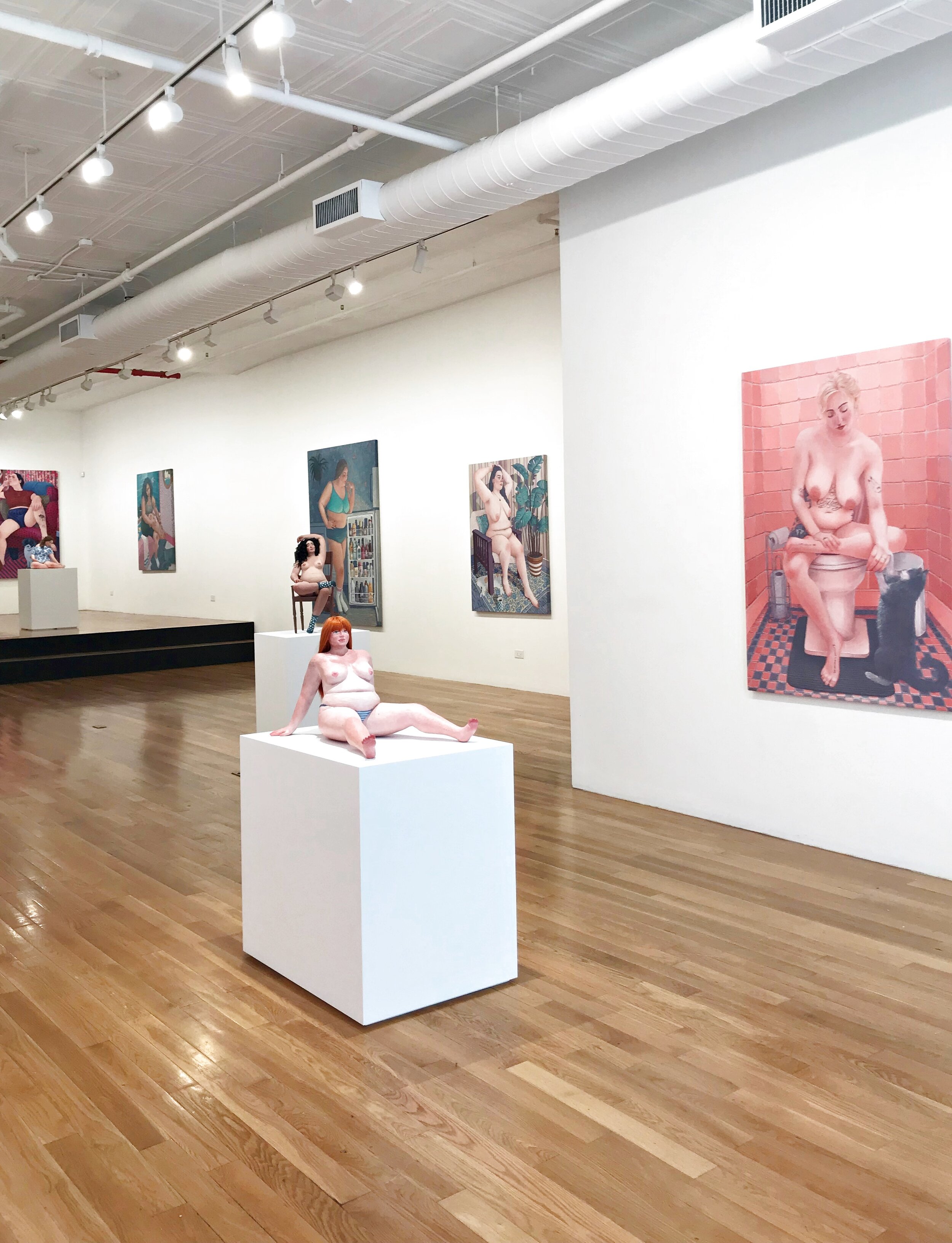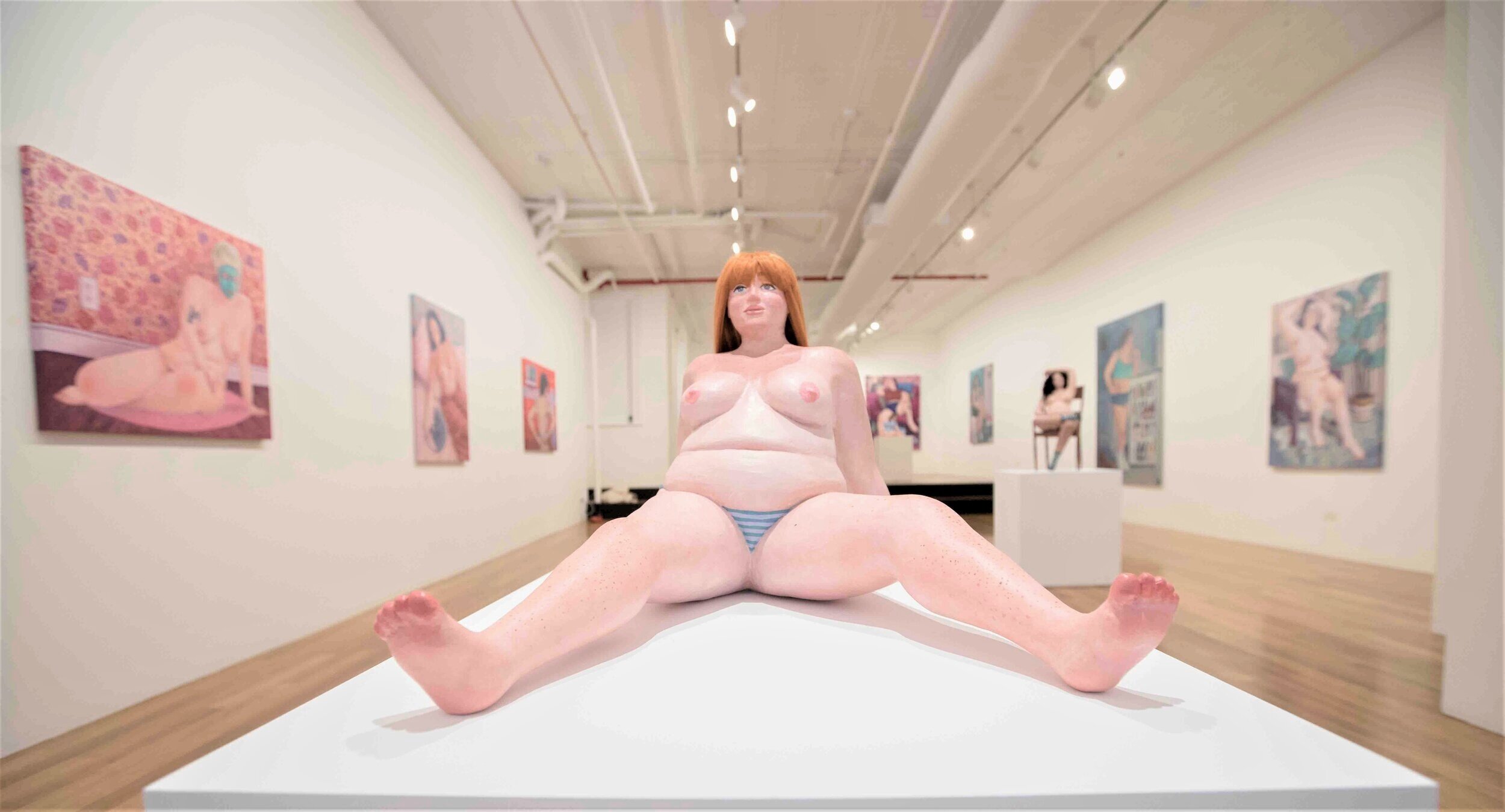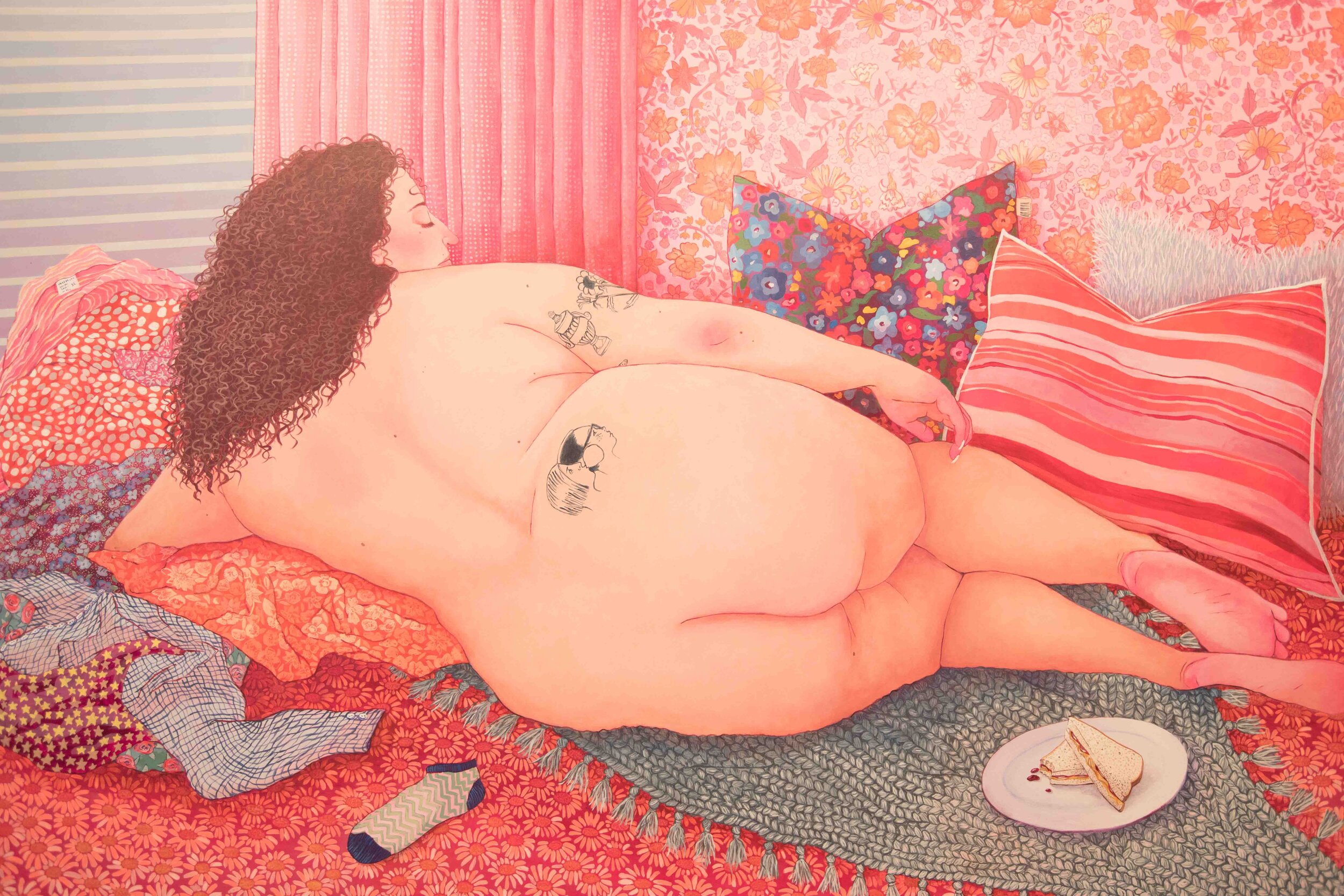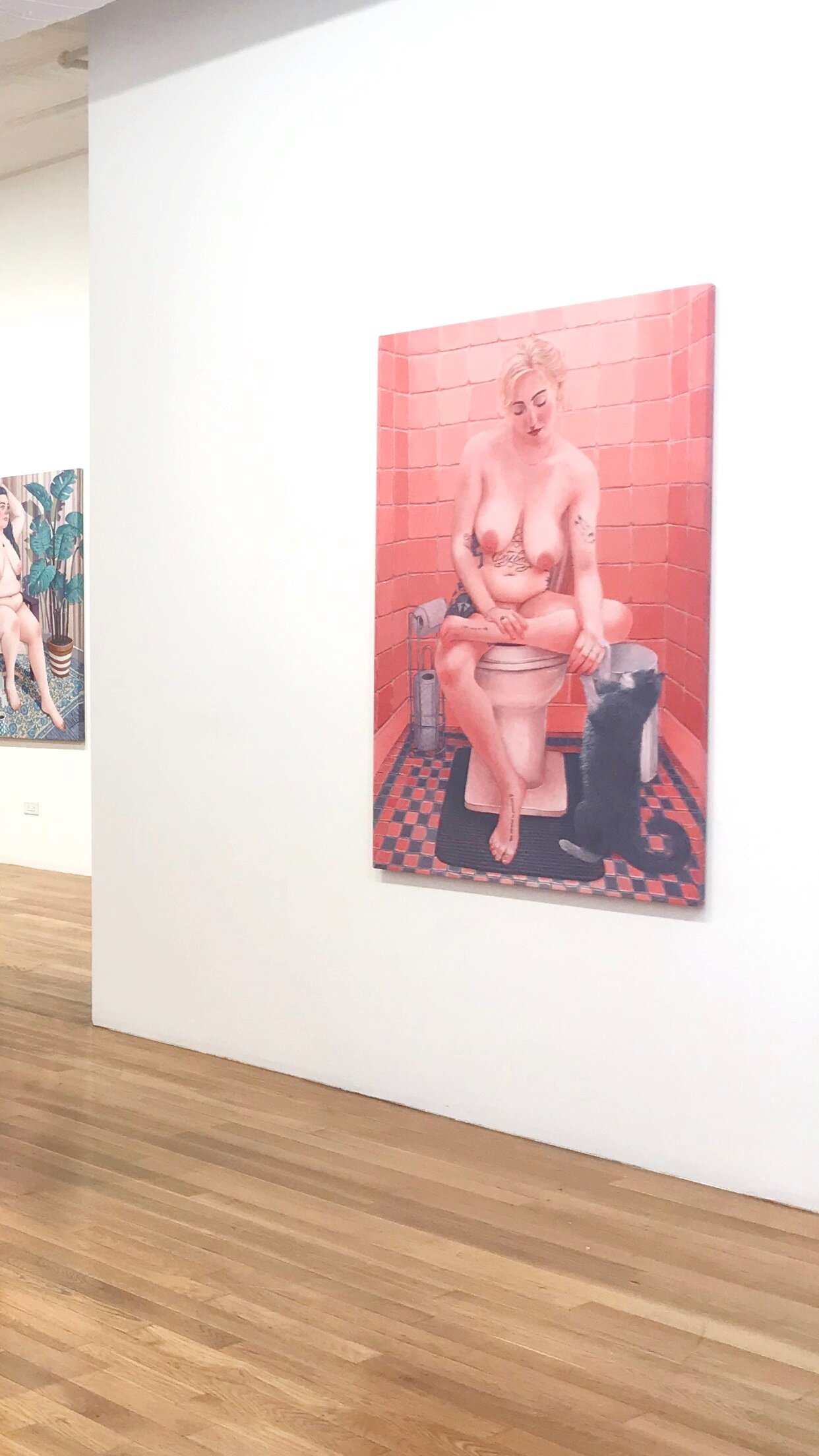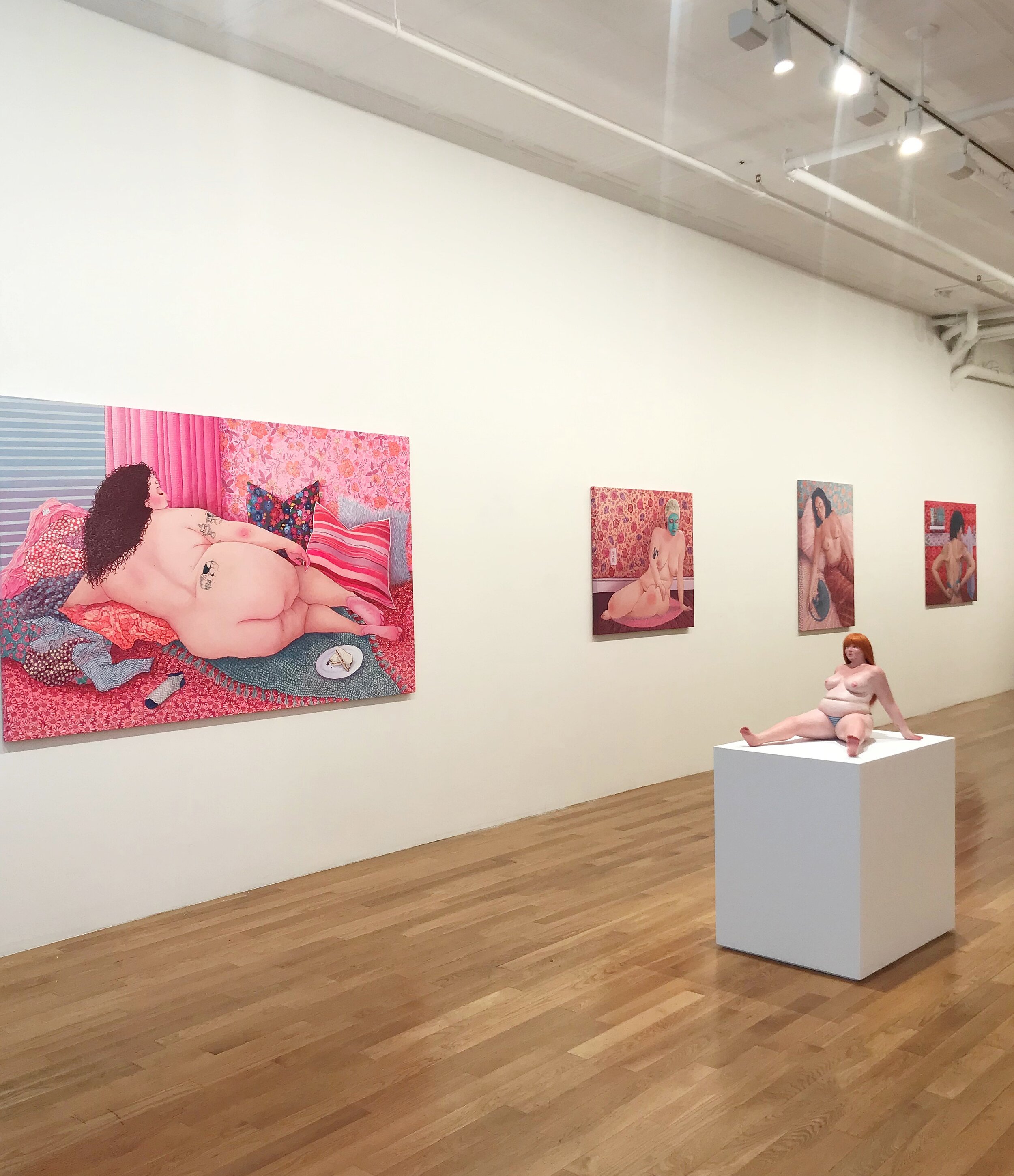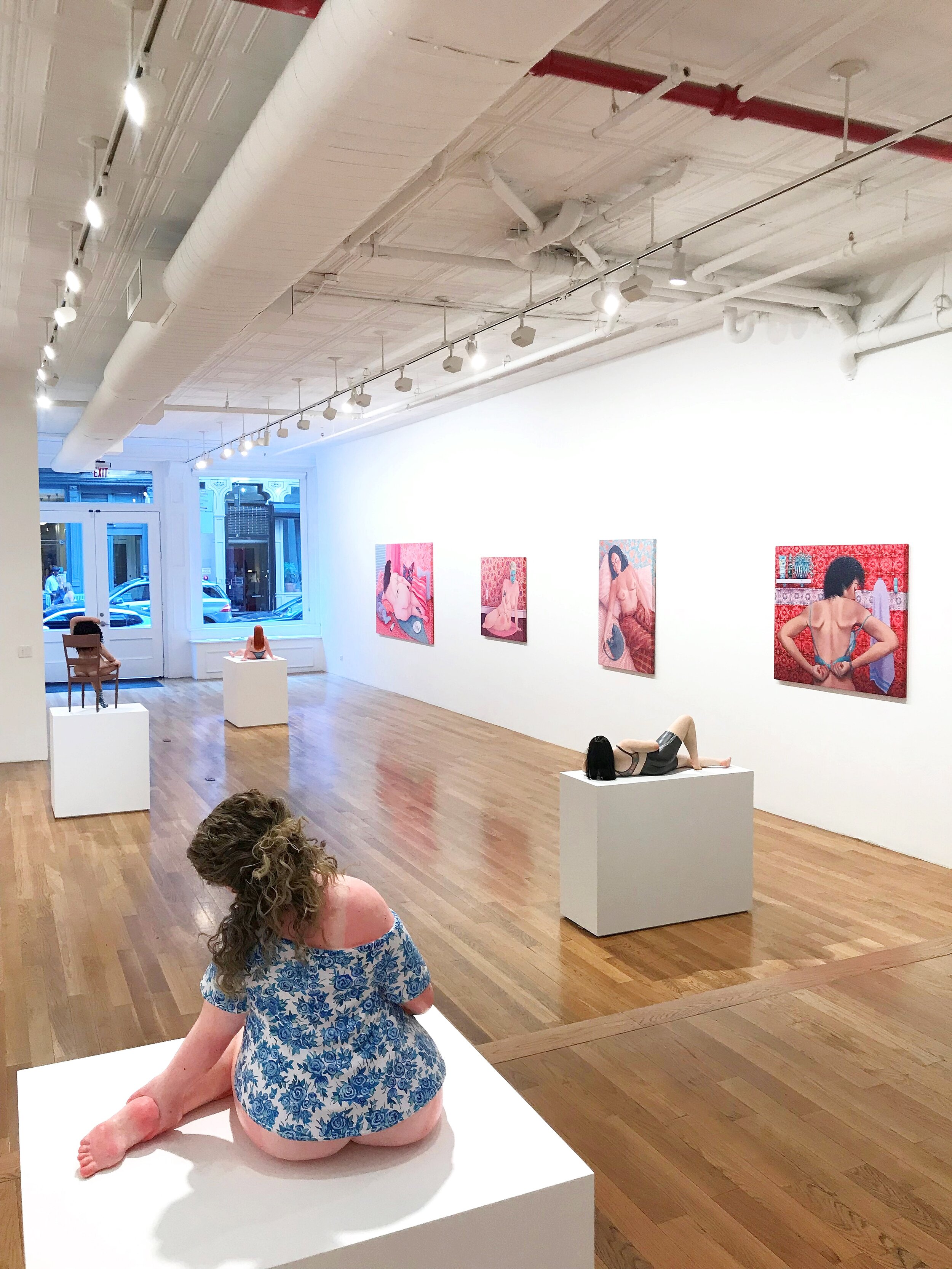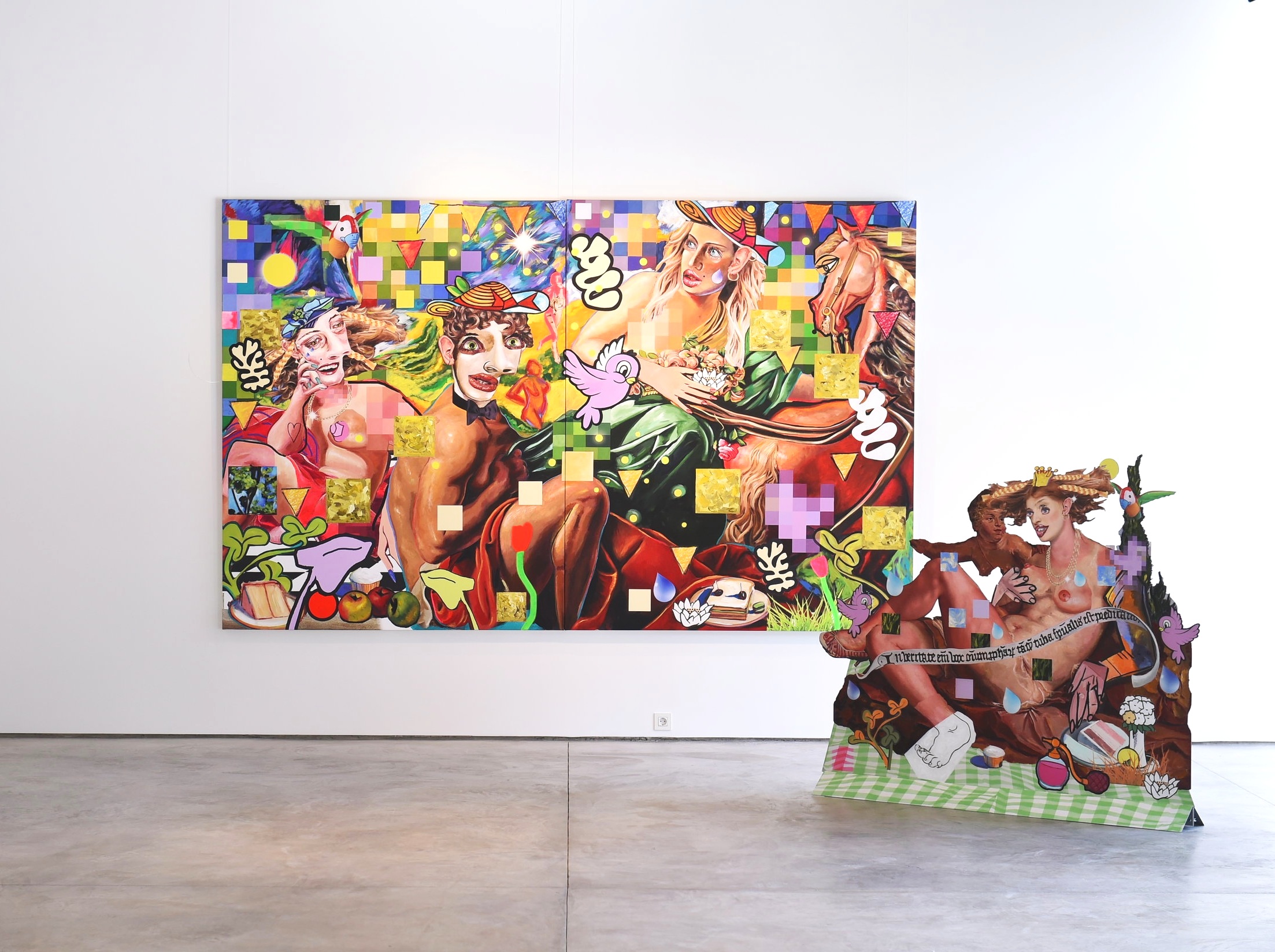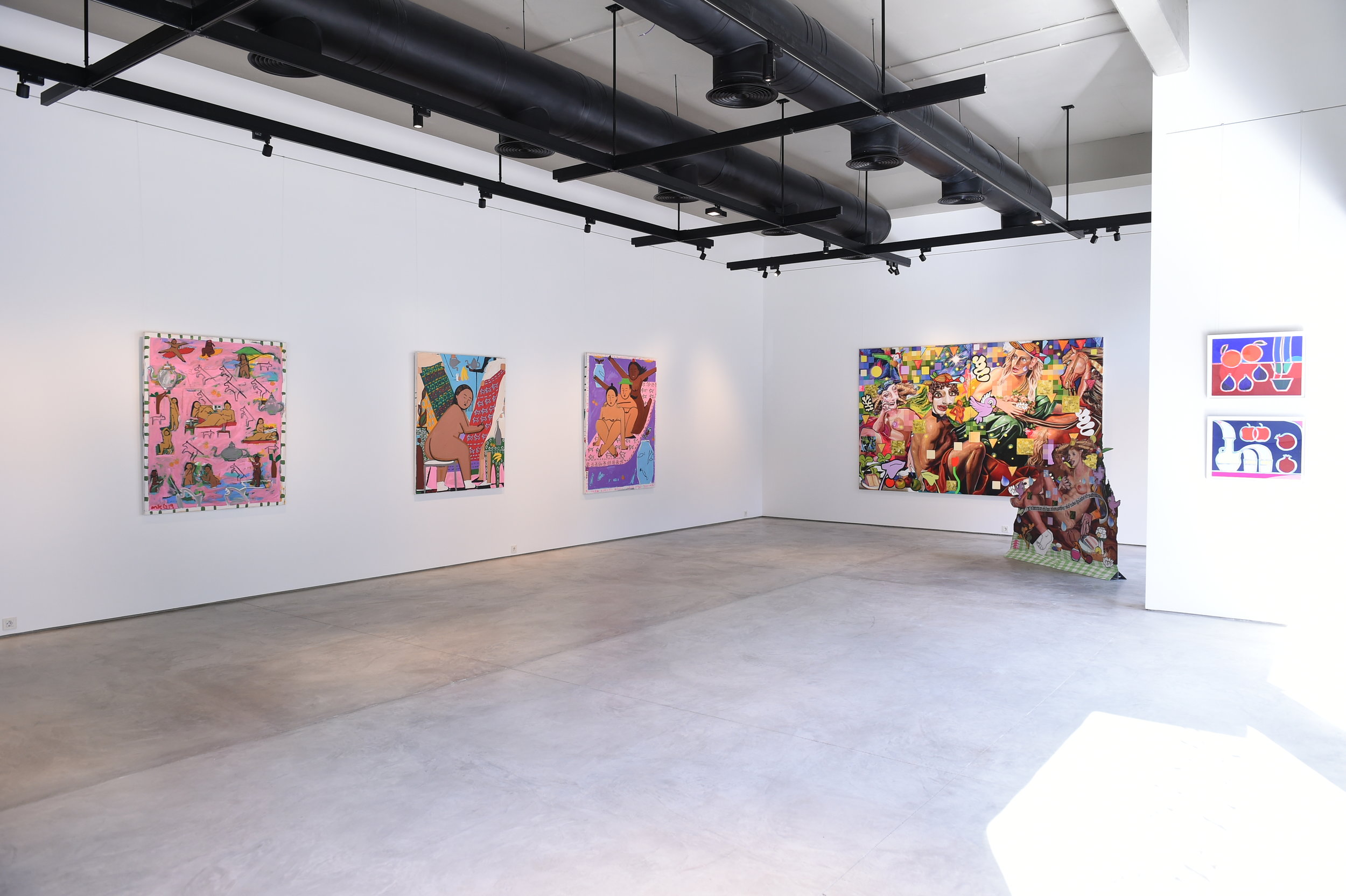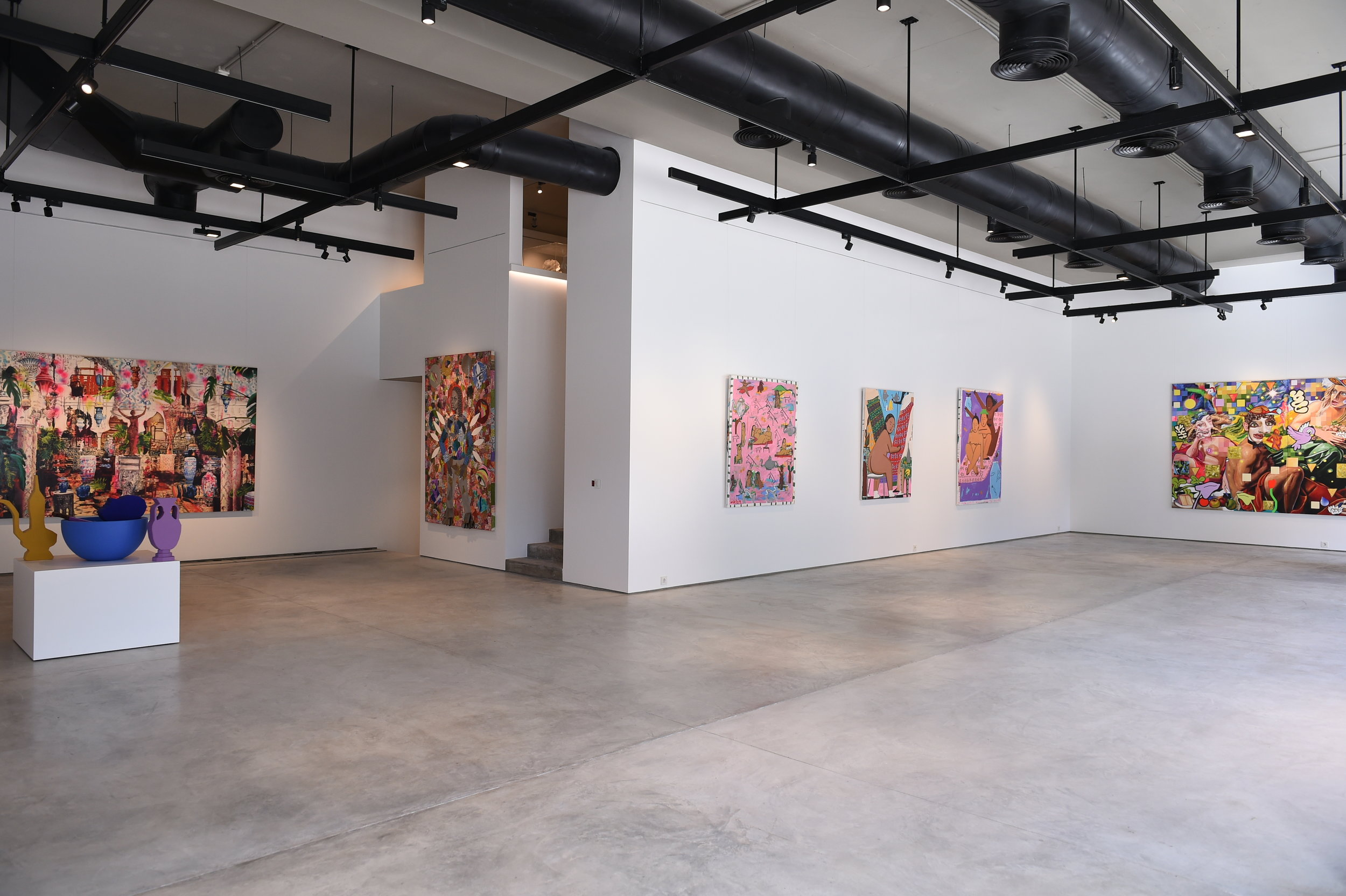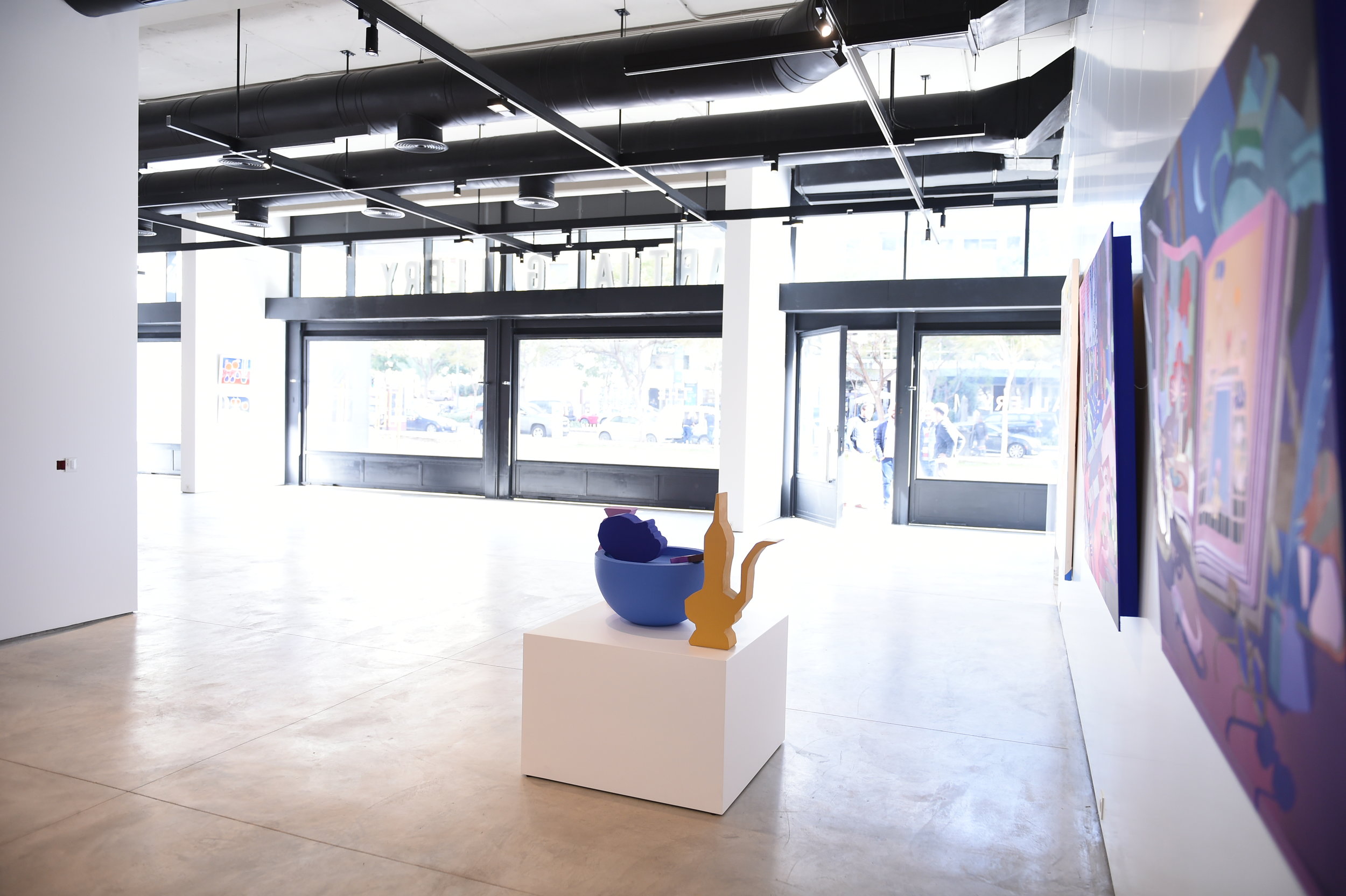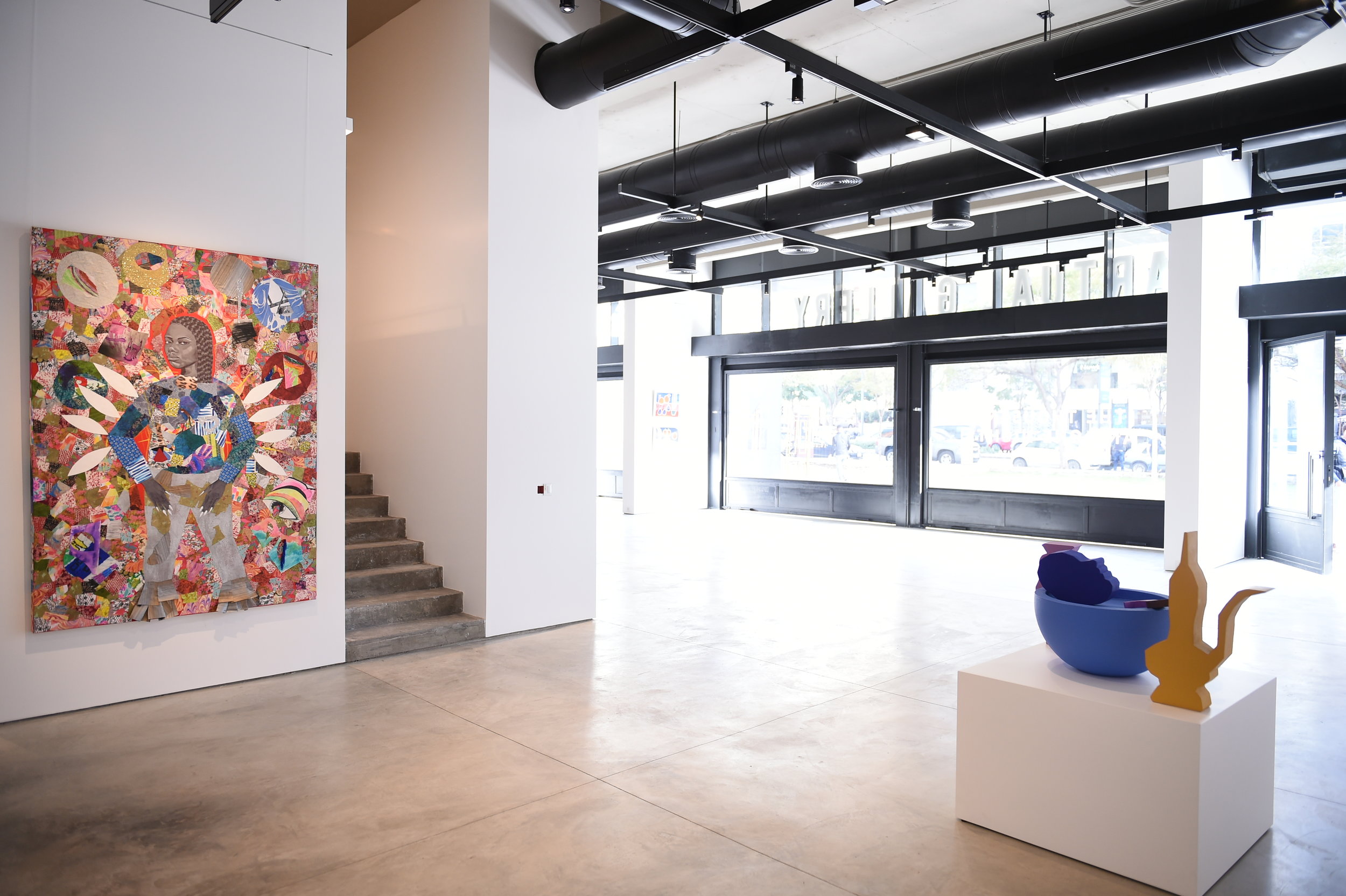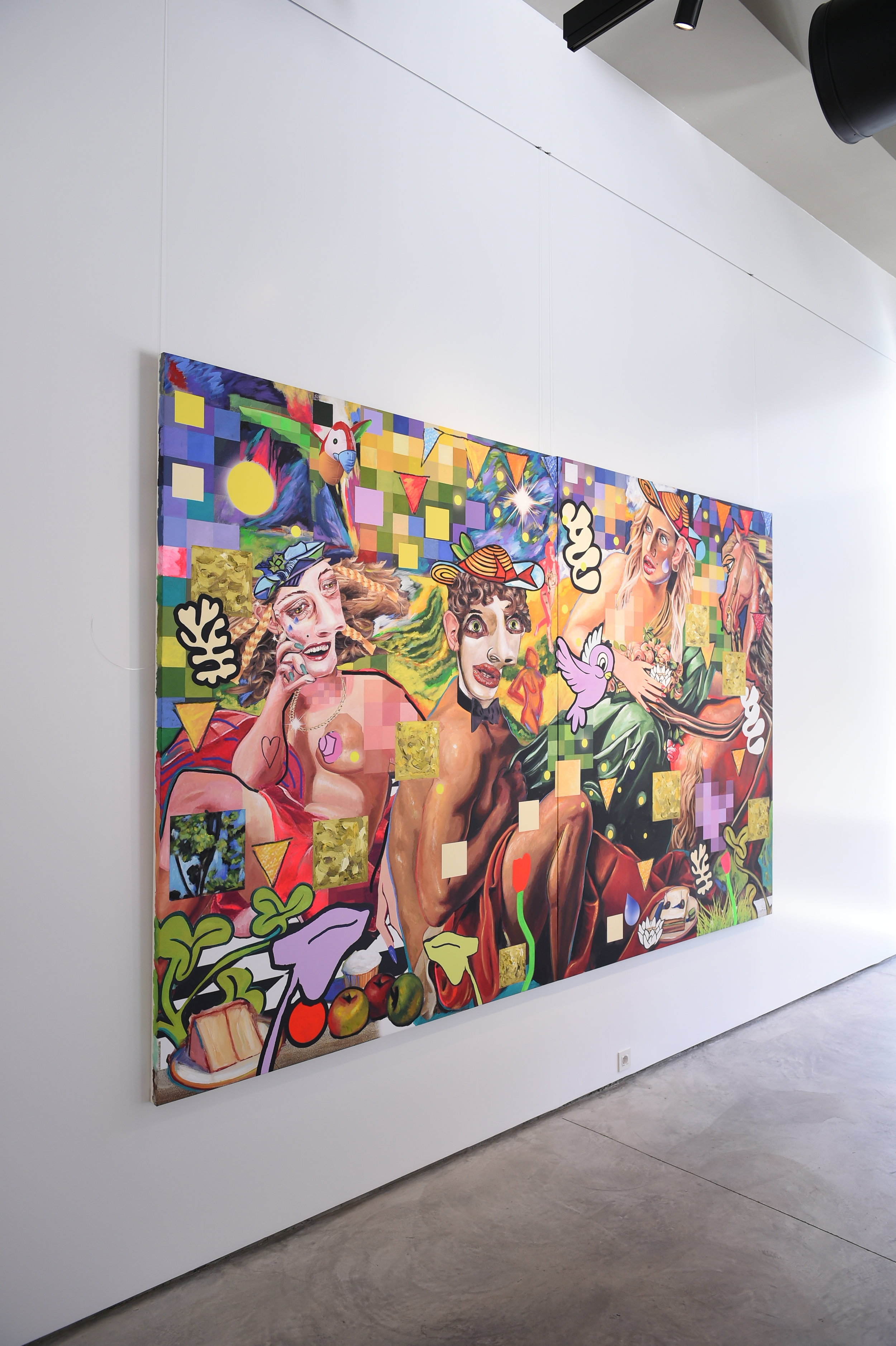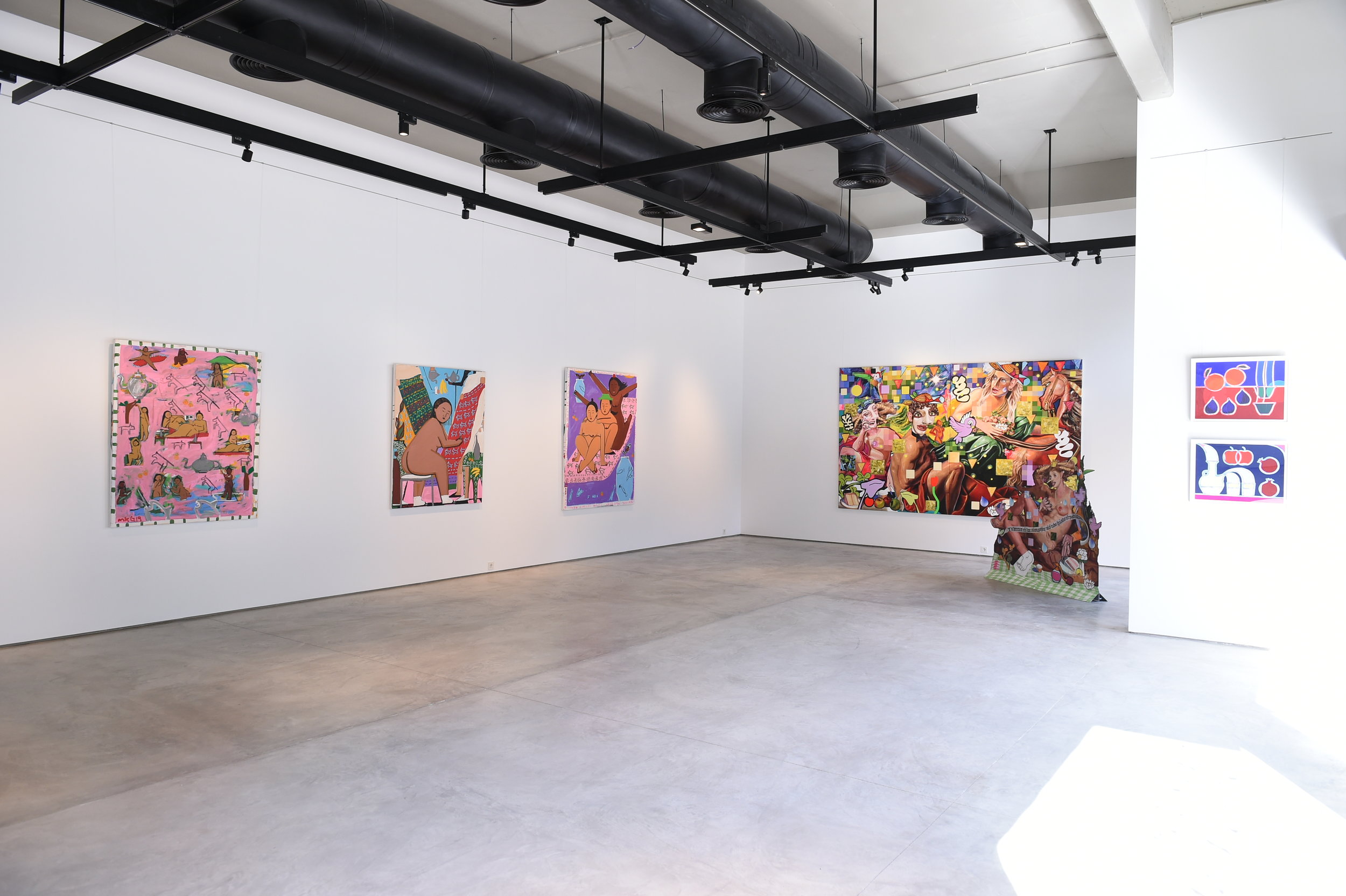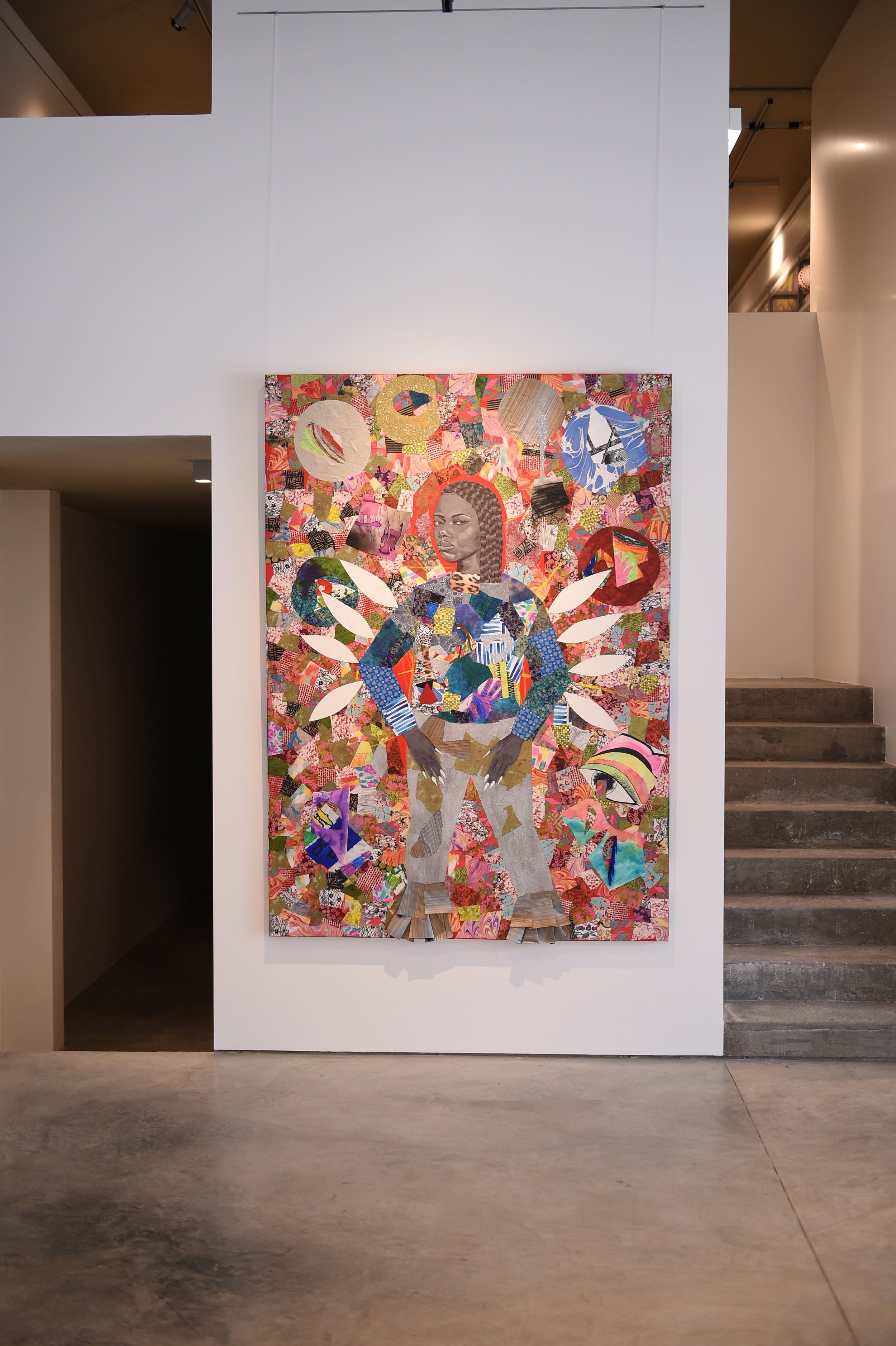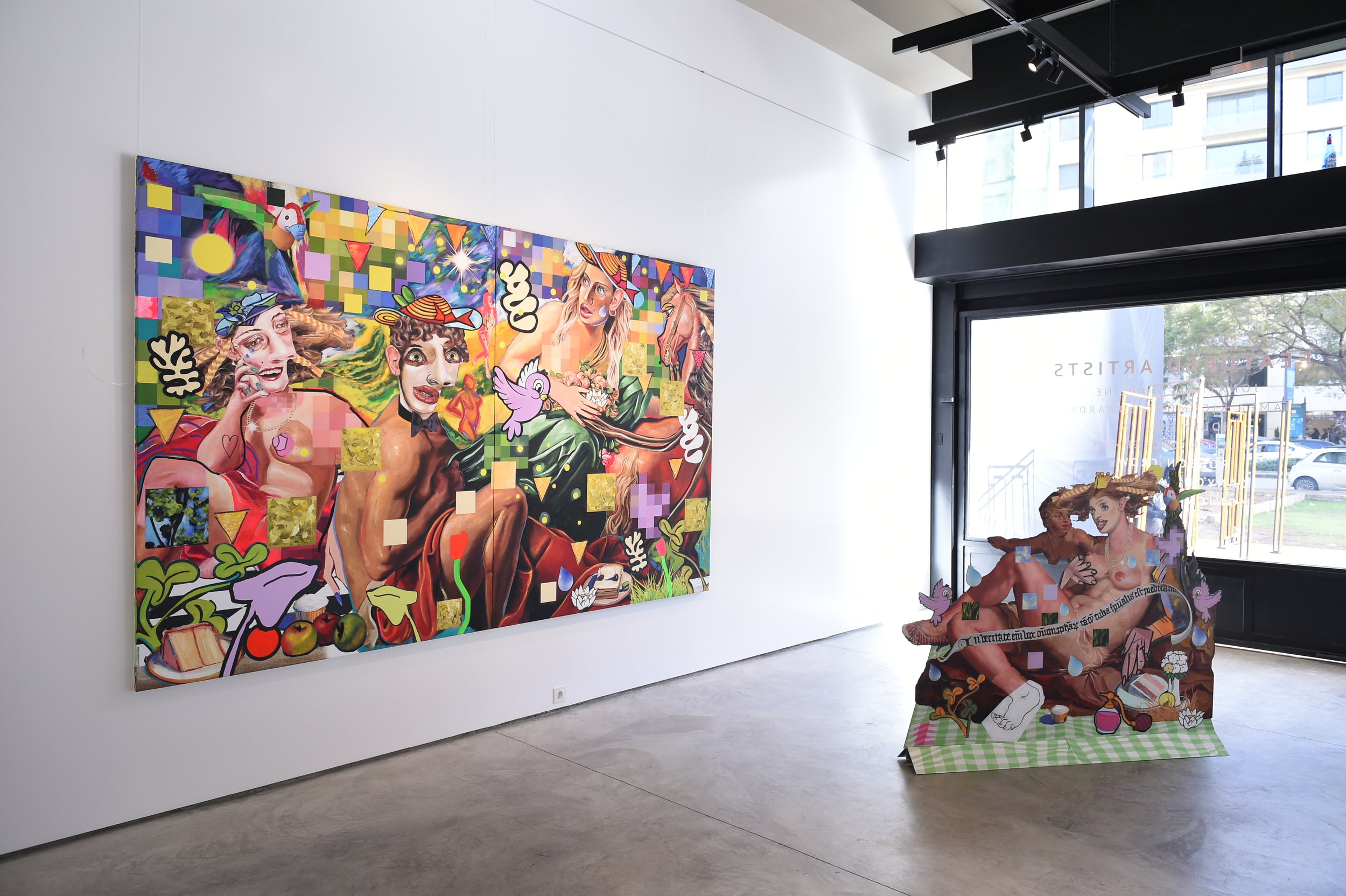Studio Lenca
“Alquimia”
A show curated by Maria Brito at Finca Cortesin Gallery in Malaga, Spain
Jose Campos’ artistic monicker Studio Lenca pays homage to both his ancestors, the indigenous Lenca or “jaguar people” of his native El Salvador and to a “studio” where he moves across disciplines. Studio Lenca fled his country at the age of five in the 1980s to escape the violent civil war that had claimed more than 80,000 lives in El Salvador.
Crossing the Tijuana border from Mexico to the United States by land with his mom has been one of the most impactful experiences of his life and one that has profoundly influenced the direction of his practice.
Living as an undocumented immigrant in the Mission area of San Francisco afforded Lenca the possibility of a strange freedom: on the one hand, undocumented aliens are nonexistent; on the other hand, being able to move around in a big city without the threats and perils of a civil war felt liberating.
By the time he was 13, Lenca had asked a dance studio in his neighborhood if he could join the lessons for free, which they readily accepted. The freedom of movement and the encouragement from teachers to lean into his identity proved cathartic and alchemical. Something had forever changed in him.
Dance was the door that introduced Lenca to art. He danced on tour in other territories, even as far as England, where he is now established as a British citizen and where he received two art degrees.
For his first solo show in Spain, Campos reflects on the history of Andalucía and the commonalities that tie the region with his origins.
The word “Alquimia” (or “Alchemy” in English), comes from the Arabic Alkimia. The al- is the Arabic definite article, “the” and kimya meant the search for the philosopher's stone or the elixir of life. This concept entered Europe via Arabic Spain, which is where Finca Cortesin Gallery is located.
Alchemy was the “chemistry” of the Middle Ages and early modern times, involving both occult and natural philosophy as well as practical chemistry and metallurgy. After the 1600s, “Alquimia” became the pursuit of the transmutation of baser metals into gold and the search for the universal solvent and the panacea.
Like this alchemical transmutation, the figures represented in Lenca’s work are thriving in a difficult situation, trying to make something out of nothing. Much in the same way that Lenca has conducted his life and artistic practice.
In Studio Lenca’s paintings for this exhibition, the figures are dressed in saturated colors that remind us of the hues of the South of Spain, always sporting hats and claiming space and attention. They must be seen. They are either running or staring back at you with confidence. The patterns are alive and in motion, they connect us in our humanity and are inspired by the Hispano-Moresque wares introduced by the Spanish Moors around the year 711.
Emerging victorious from a precarious situation has been Studio Lenca’s alchemical superpower, which is imbued in his work. Hope, resilience, and joy are present for all of us to reflect upon and transcend.




